Compeed® Care that saves your day

The benefits of running for physical fitness and mental health are well known and well documented - but did you know that going for regular runs can also provide a boost to your immune system.

parkrun isn’t just about getting moving, it’s about being part of a movement: a global community that collectively celebrates Saturday mornings as a time for wellbeing, inclusivity and mutual support.

Regular running is a great way to stay fit and healthy in body and mind, but the regularity and repetition involved does mean it can sometimes risk becoming a grind rather than a pleasure. And once running starts to feel like a chore, it becomes all the easier to fall behind - or even give up on - your routine.
.jpg)
Every seasoned runner recognises - and chases - that euphoric feeling that comes with finishing a big run. This is called a ‘runner’s high’, and for many it’s precisely the thing that makes going for a long, tiring run appealing in the first place. But what exactly is this feeling, and how does it come about?
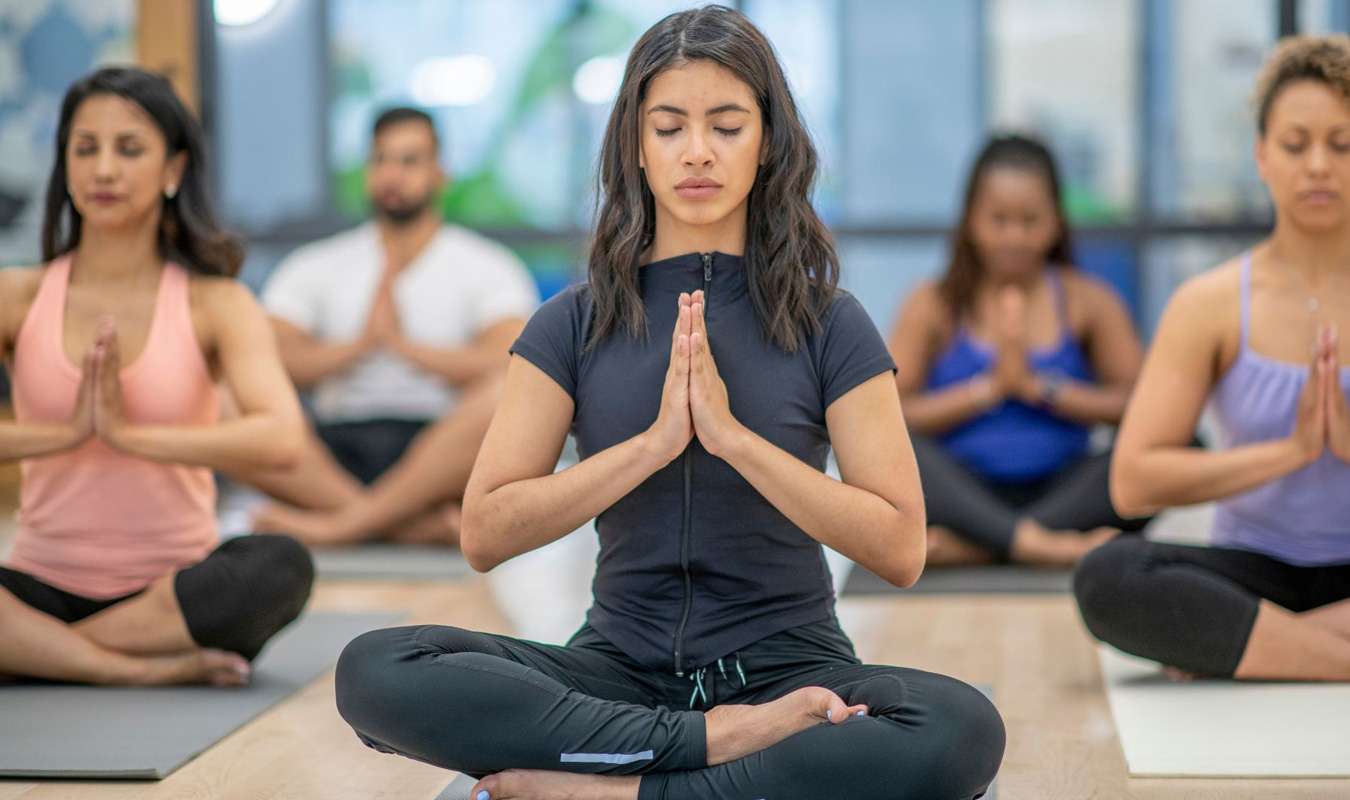
Stress is a normal part of life. But too much of it can leave you feeling overwhelmed, anxious, and exhausted. While there are plenty of ways to manage stress, exercise is one of the best. It’s natural, easy to access, and backed by science.
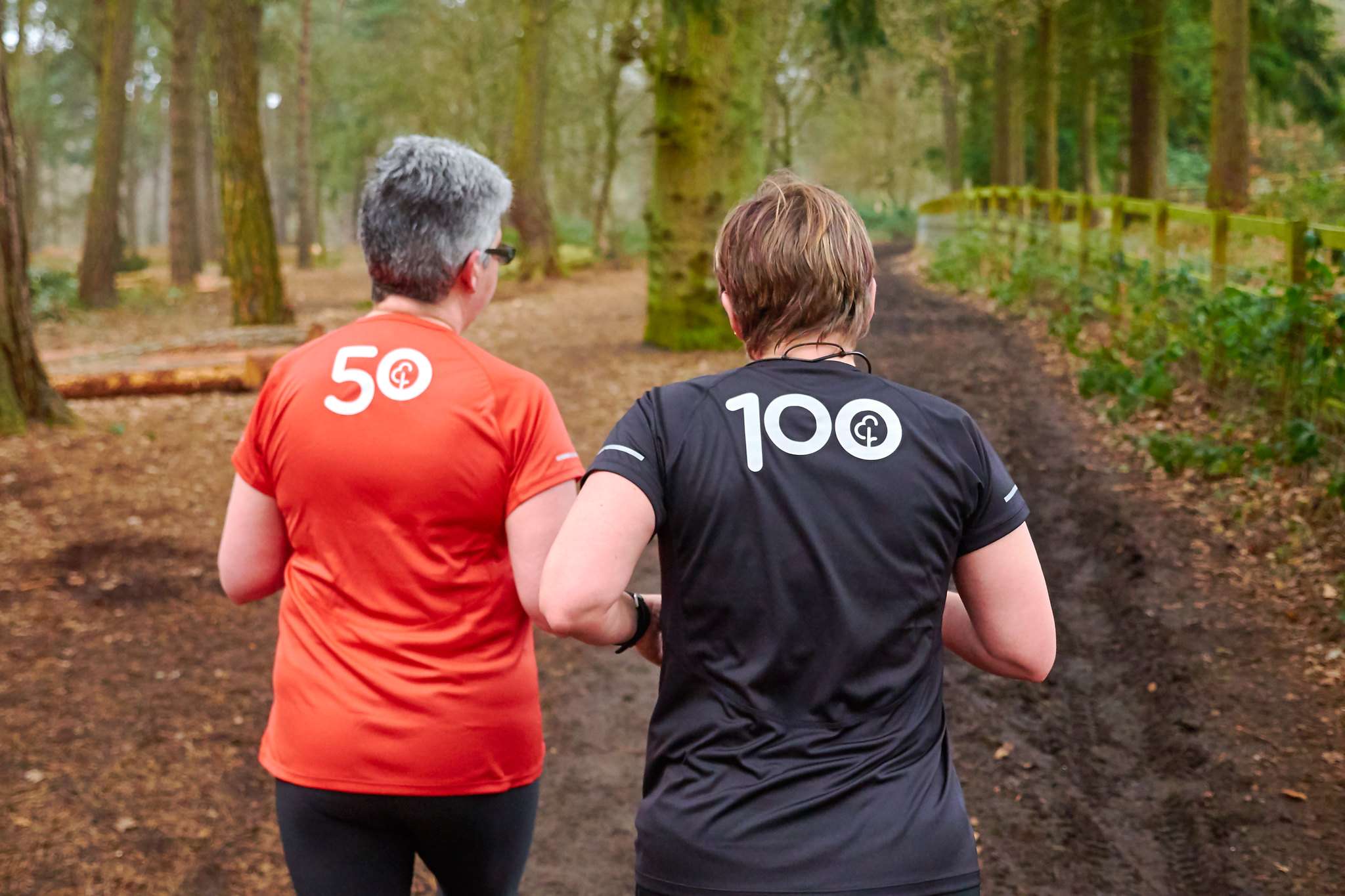
Are you ready to kick-start your fitness journey or simply looking for a fun and social way to stay active? Well, parkrun ticks both boxes and more!
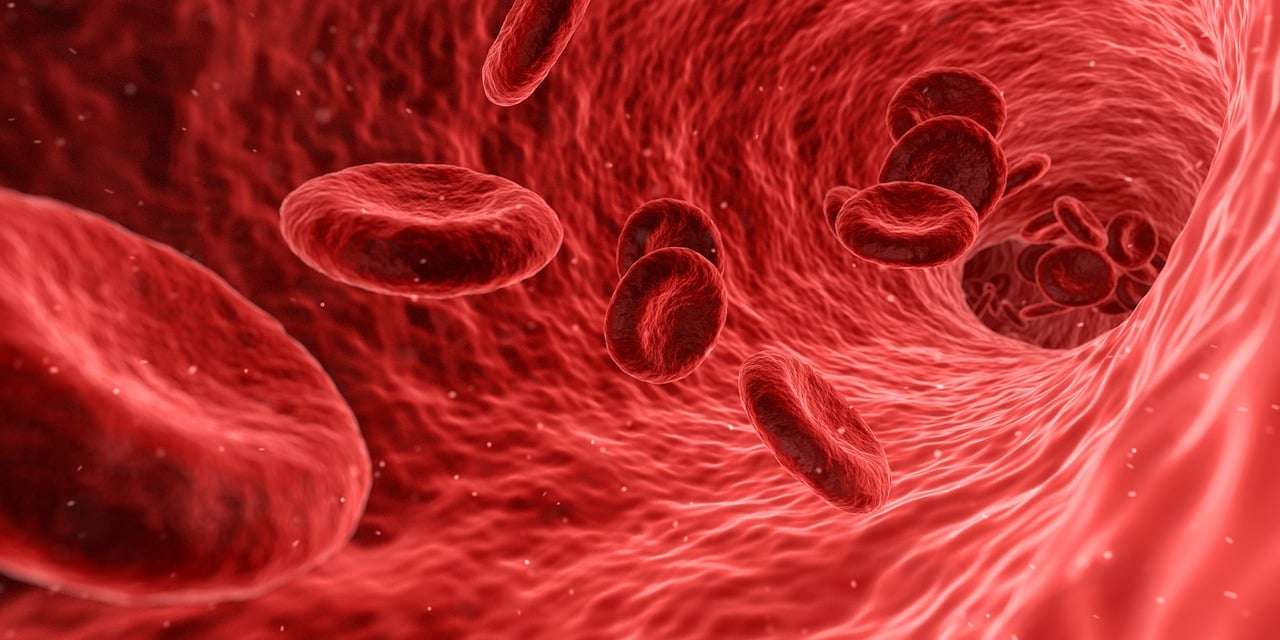
Cold sores can be unpleasant, painful and a real nuisance, especially if you are a regular sufferer. That ominous tingle around the mouth is generally a sure-fire sign that you’re in for an uncomfortable few weeks. While there are some good treatments to help reduce the impact of a cold sore, when it comes to cold sores, the old saying that prevention is better than cure applies.
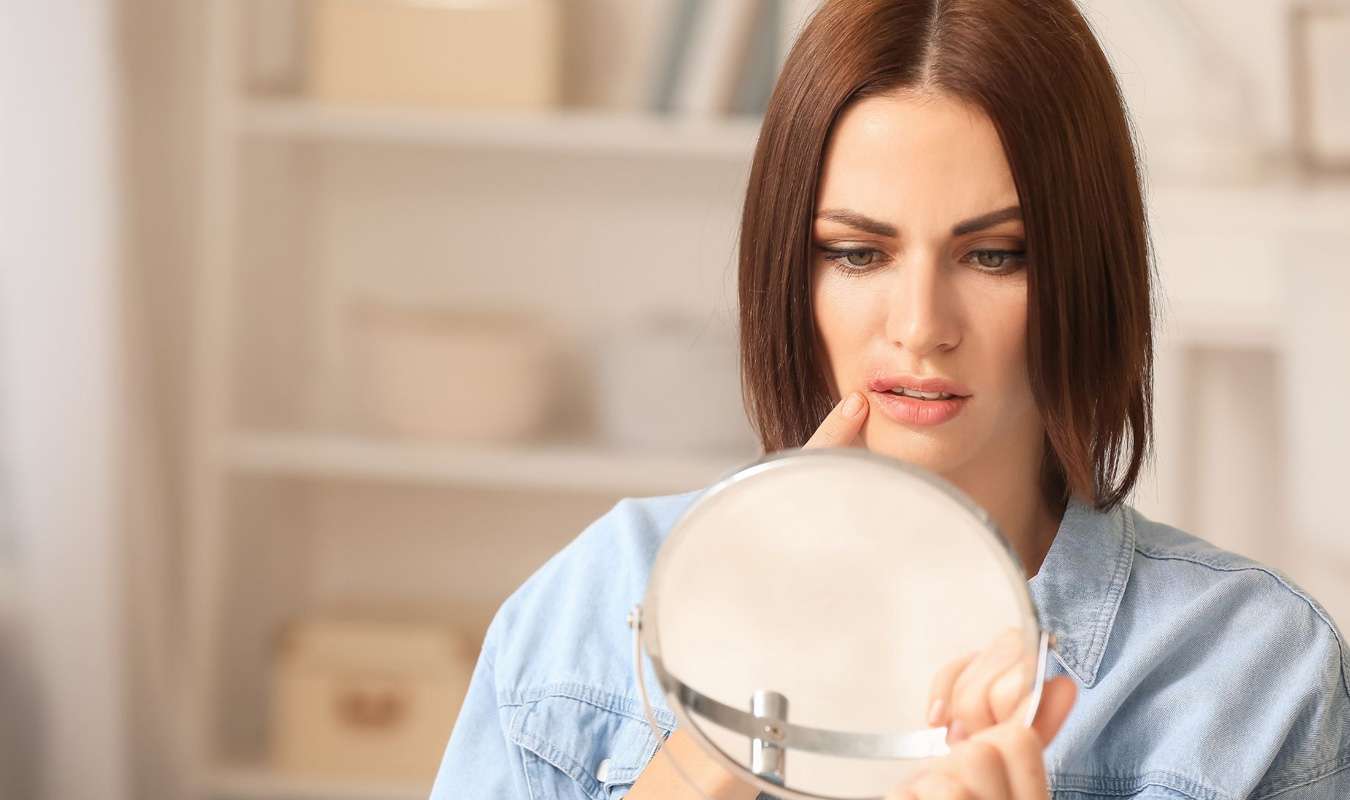
Cold sores—they’re those annoying little blisters that tend to show up around your lips just when you least want them. Caused by the herpes simplex virus (HSV-1), cold sores are very common and highly contagious.
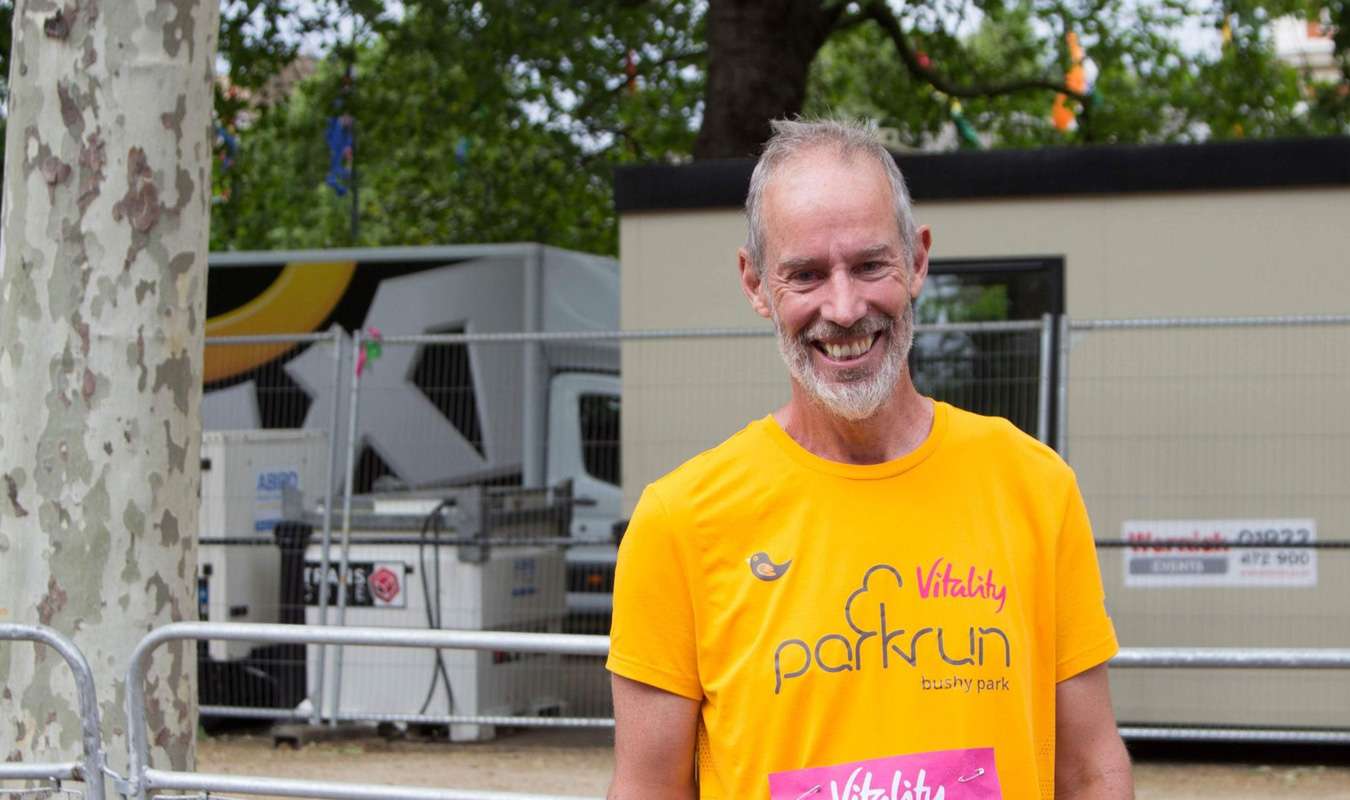
When Paul Sinton-Hewitt first organised a simple, timed 5K run at Bushy Park in 2004, he couldn’t have imagined the worldwide movement that would eventually follow. What began as a local gathering of 13 runners has grown into parkrun, an inclusive, community-driven initiative with a global footprint. Paul’s vision—to create a free, accessible event promoting health and community—resonated with people across the UK and quickly gained traction beyond it. Today, parkrun is a registered charity operating in over 20 countries, providing millions of people with a welcoming space for physical activity, whether they want to walk, jog, or run.
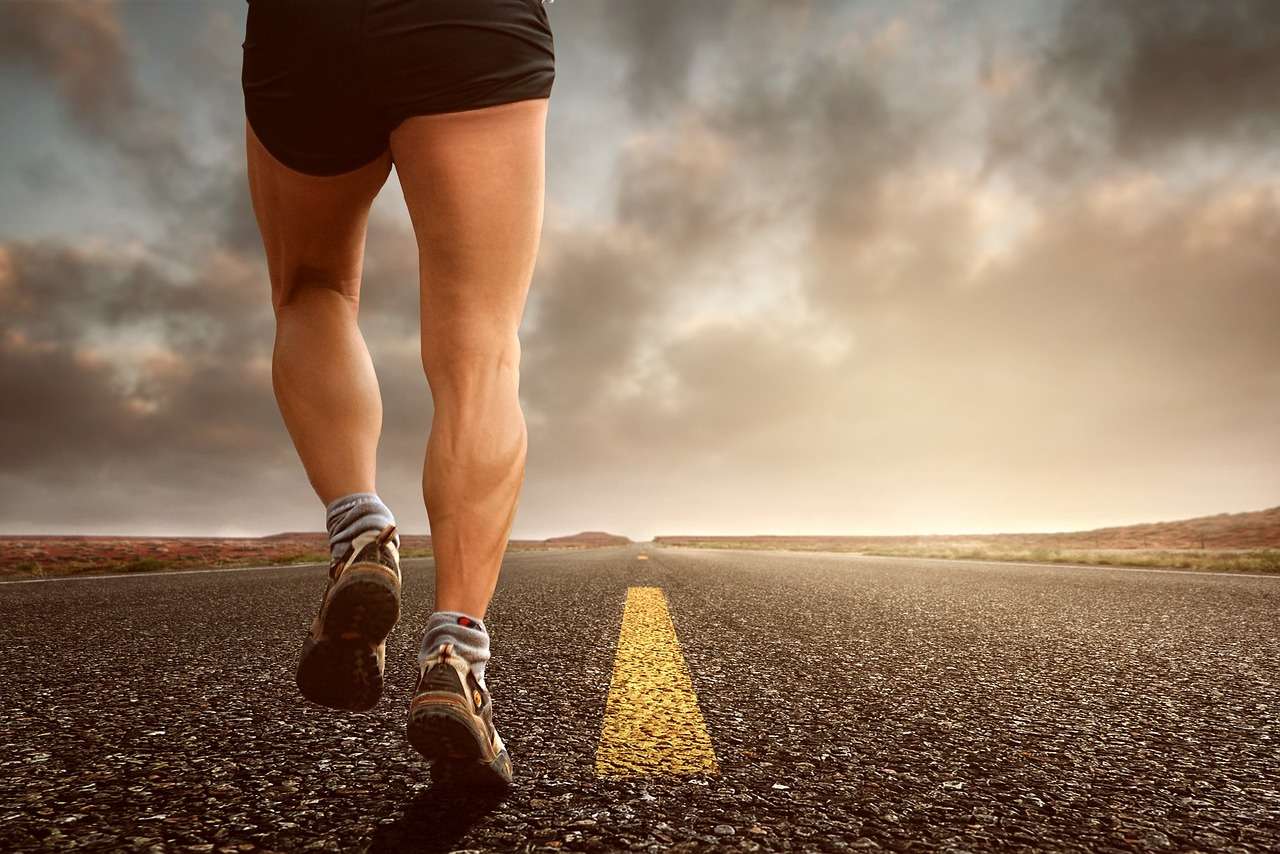
Even if you are an experienced distance runner, and in incredible shape, running a marathon is never easy – least of all for your feet. Even if you’ve done all the training and your muscles, lungs, and stamina are fully prepared, it can be gruelling for your feet.
